Capacitors are one of the most widely used electronic components. They appear in almost every circuit, from power supplies to audio systems. While resistors control current, capacitors store and release electrical energy when needed.
This beginner’s guide will explain what capacitors are, how they work, their different types, and where you’ll find them in real-life applications.
What is a Capacitor?
Definition
A capacitor is a passive electronic component that stores electrical energy in an electric field.
Basic Structure
Two metal plates
A dielectric (insulating material) between them
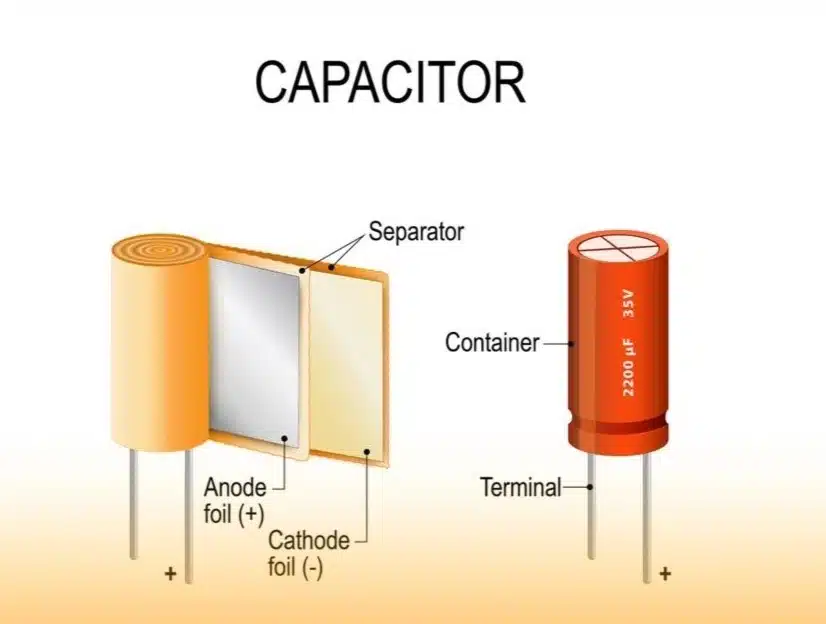
Real-Life Analogy
Think of a capacitor as a water tank: it fills up with charge (like water) and releases it when required.
How Does a Capacitor Work?
Charging and Discharging
When connected to a power source, it stores charge.
When disconnected, it releases the stored energy back into the circuit.
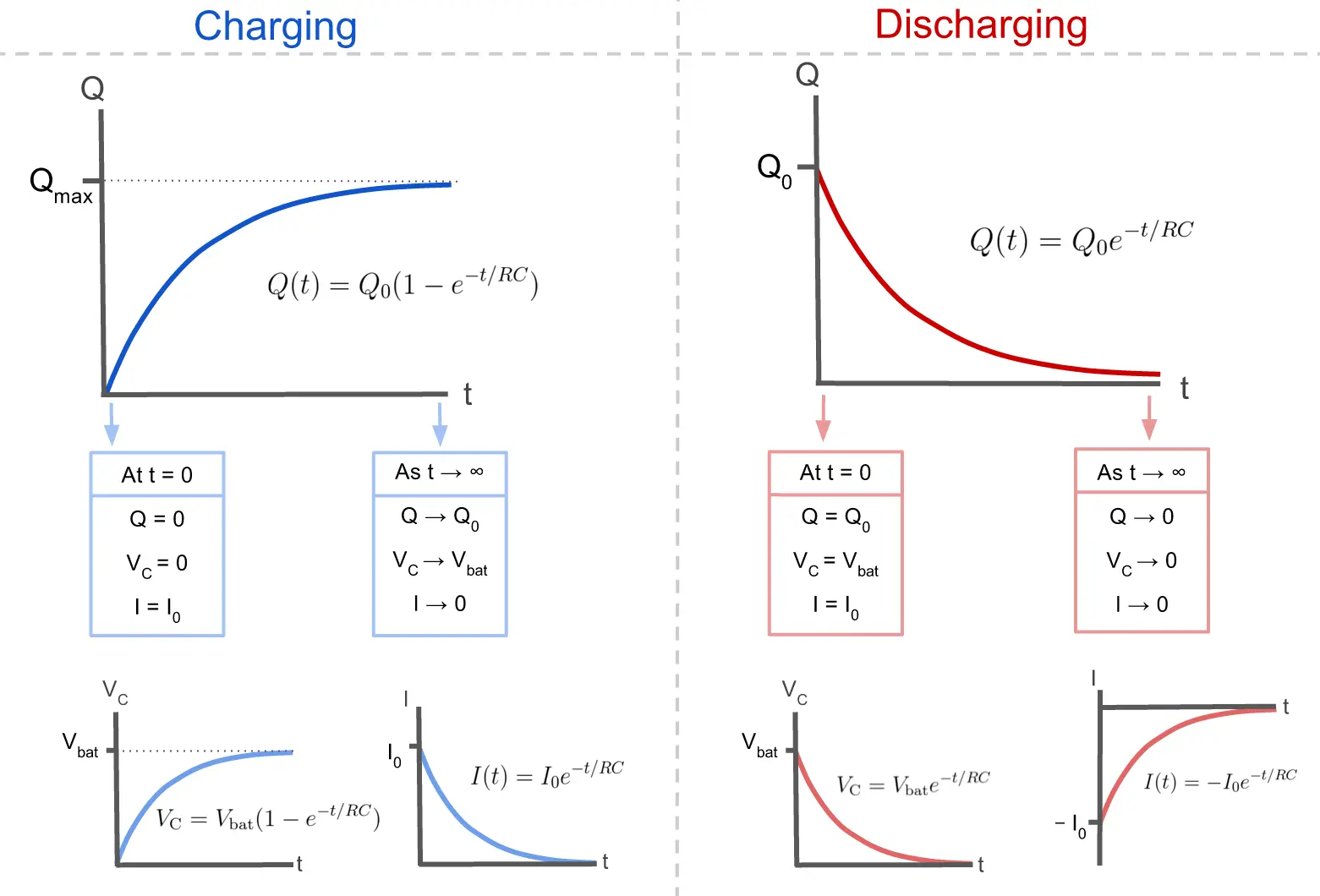
Capacitor in AC vs. DC
In DC circuits, a capacitor blocks steady current but passes short bursts.
In AC circuits, it continuously charges and discharges, making it useful in filters.
Types of Capacitors
Ceramic Capacitors
Small, inexpensive, widely used in high-frequency circuits.
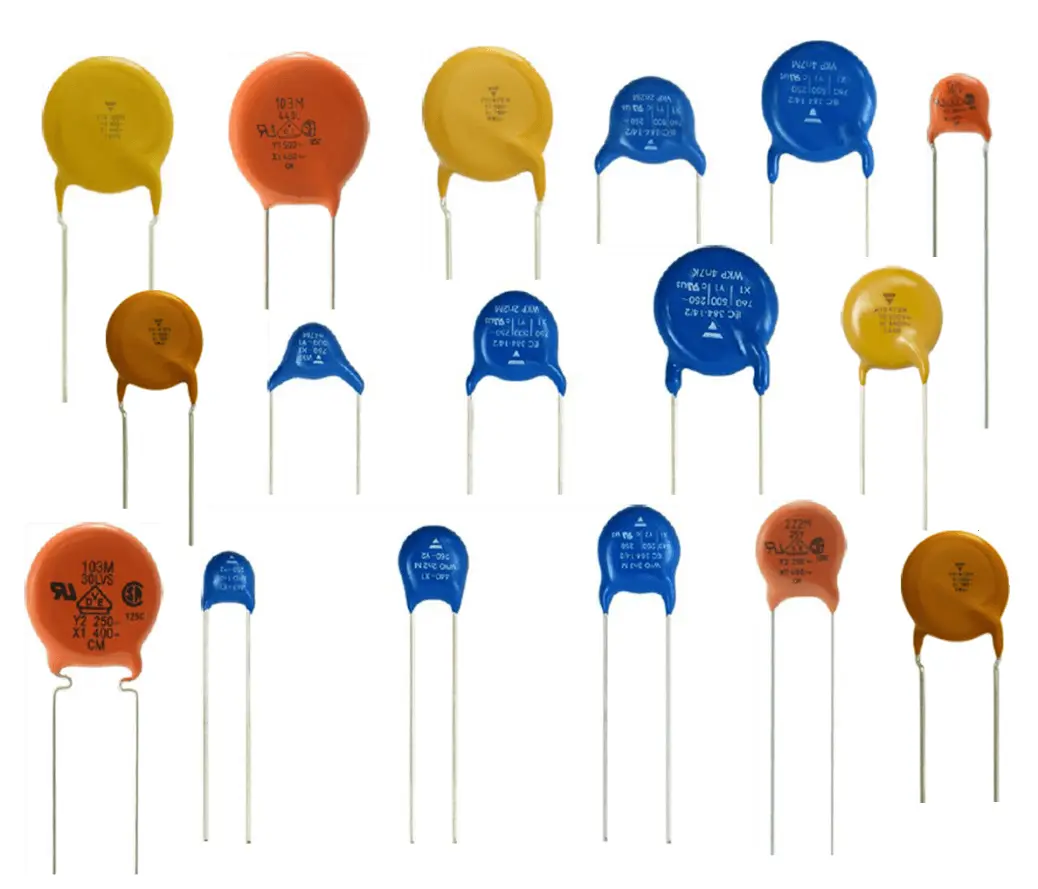
Electrolytic Capacitors
Larger, polarized, and store higher capacitance values. Often used in power supply filtering.
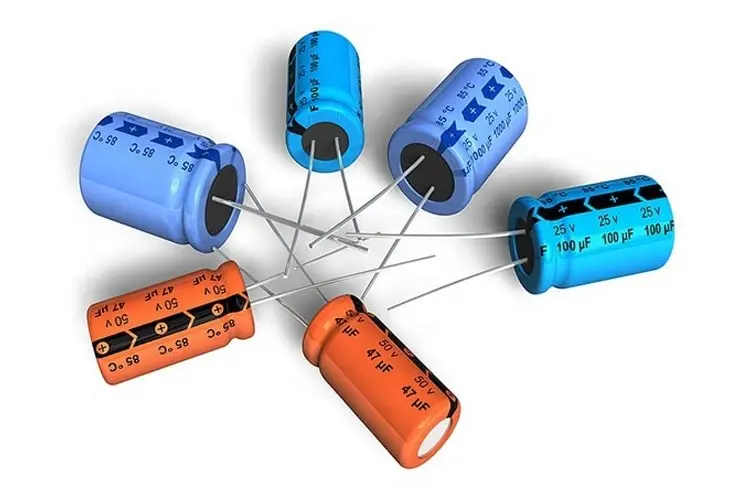
Film Capacitors
Stable and reliable, ideal for audio applications.
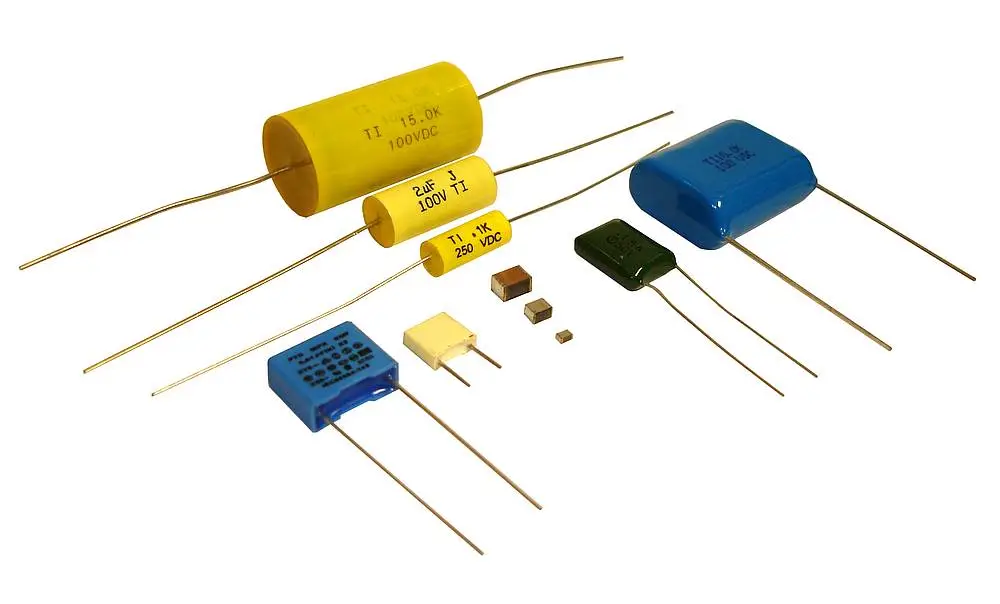
Tantalum Capacitors
Are compact, of high capacitance for their size, and are used in portable devices.
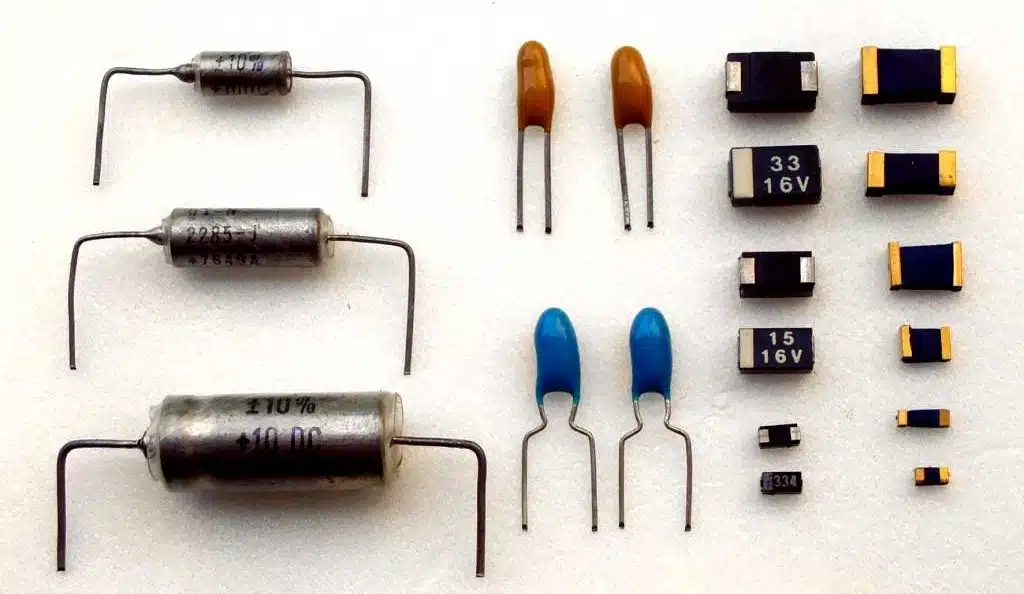
Supercapacitors
Have very high capacitance, store significant energy. Used in backup power systems.
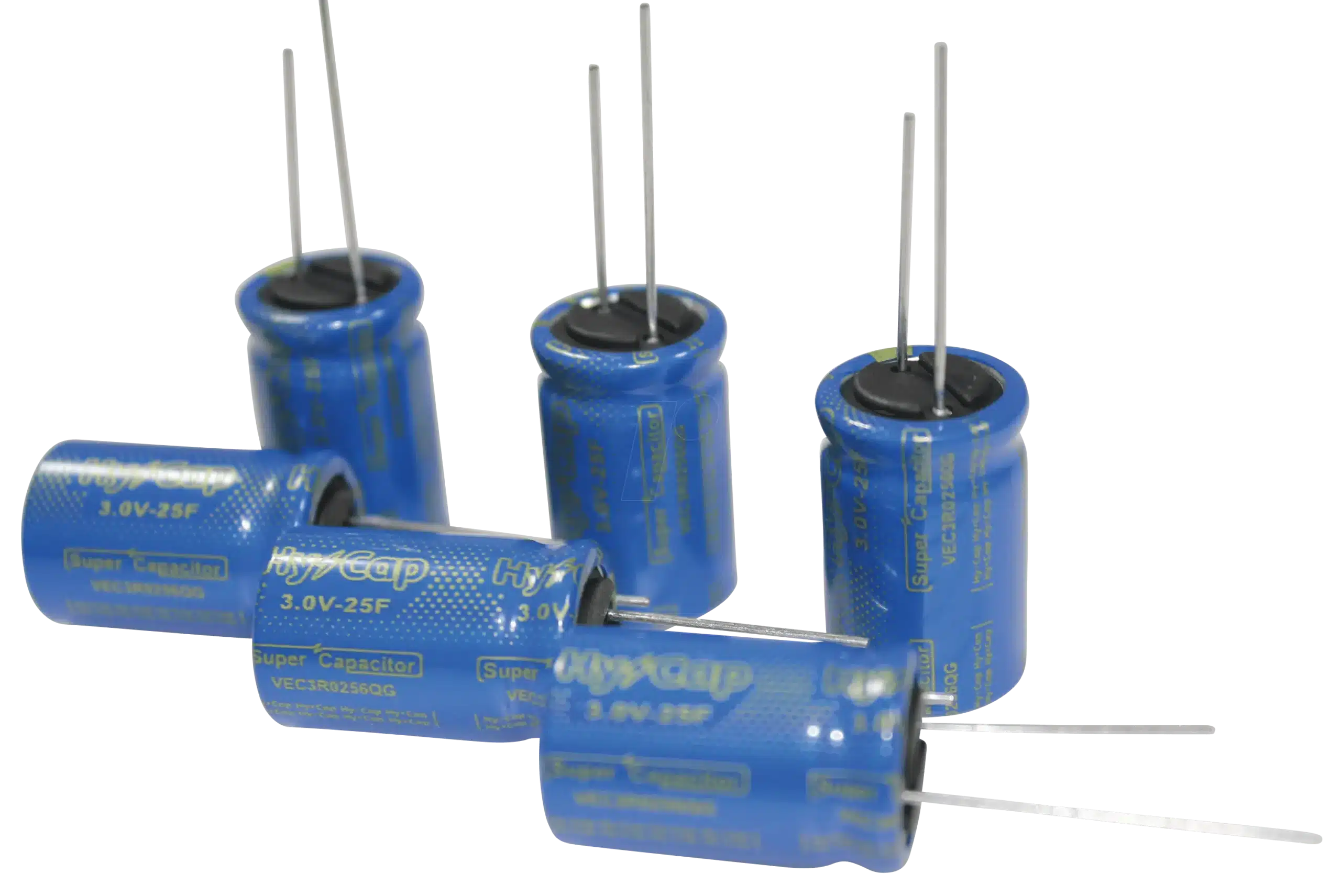
Capacitor Codes and Identification
Numeric Codes
Capacitors are often labeled with numeric codes (like 104 for 100nF).
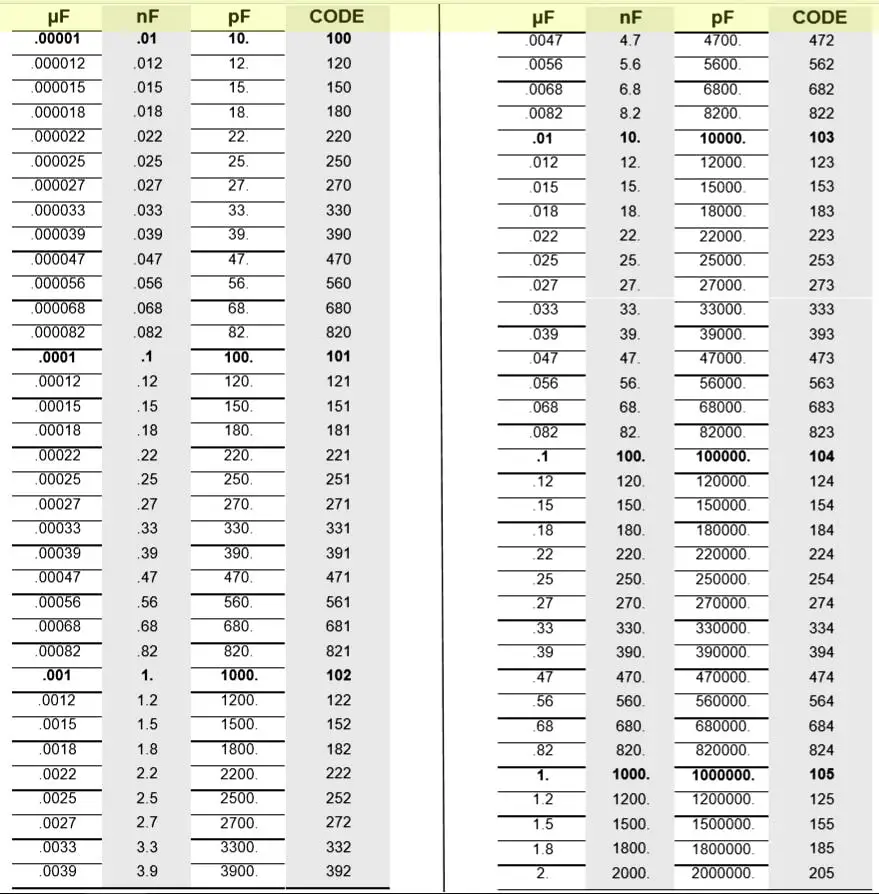
Polarity Identification
Electrolytic capacitors have a positive (+) and negative (–) side.
Non-polarized capacitors can be connected either way.
Practical Uses of Capacitors
Energy Storage
Capacitors provide short-term backup power.
Filtering
They smooth the voltage in power supplies by removing ripples.
Timing Circuits
Used with resistors in RC circuits to control delays.
Signal Coupling and Decoupling
Pass AC signals while blocking DC.
Motor Starters
Large capacitors help motors start smoothly.
Real-Life Examples of Capacitors in Action
In Power Supplies
Electrolytic capacitors filter fluctuations in adapters and chargers.
In Audio Equipment
Film capacitors improve sound clarity by removing noise.
In Cameras
Capacitors store energy for the flash unit.
Advantages and Limitations of Capacitors
Advantages
Fast charging/discharging
Wide variety of sizes and values
Essential in AC and DC circuits
Limitations
Cannot store large amounts of energy for long durations
Electrolytic capacitors can dry out over time
Conclusion
Capacitors are fundamental in electronics, providing storage, filtering, and signal control. Understanding their types and uses will make it easier to design and troubleshoot circuits.
For beginners, experimenting with ceramic and electrolytic capacitors is a great starting point.


